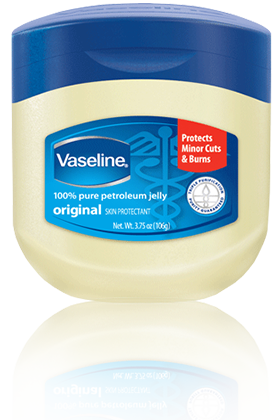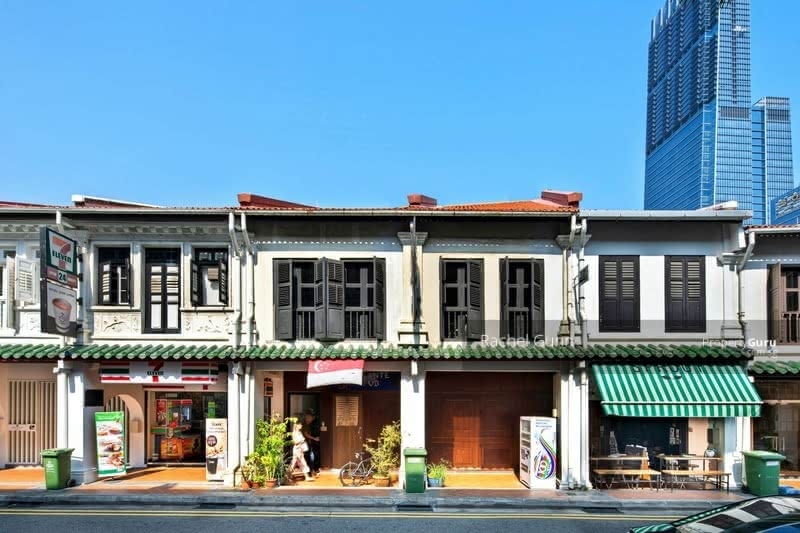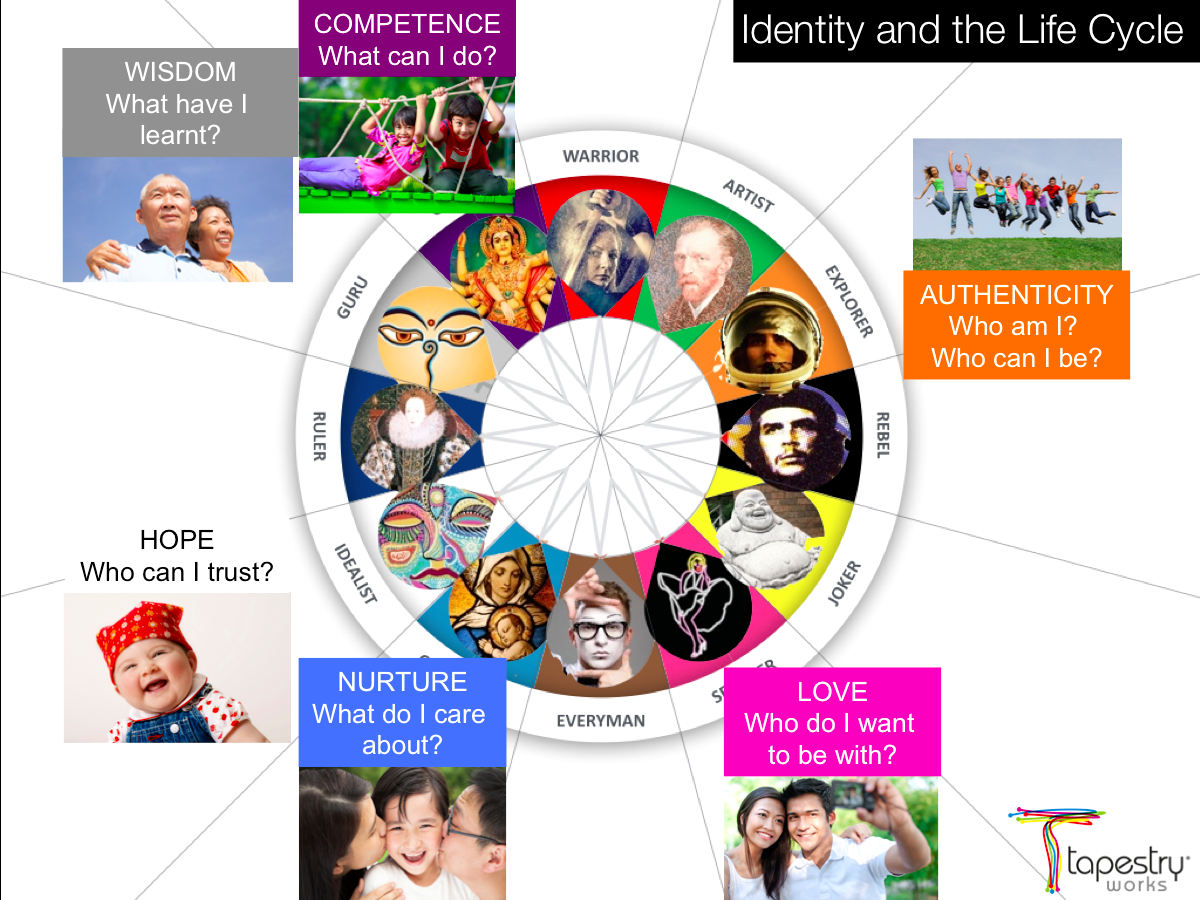In Brand esSense I use many examples of brands that have been successful in finding and articulating a clear and consistent emotional positioning, including at least one Unilever brand. Having just finished fieldwork on a project to understand the meaning of beauty to Muslims in Indonesia and Malaysia, I am in the process of writing up our findings on how beauty really feels and they are fascinating. As part of writing up, I have been spending time looking at beauty advertising in the two markets to understand how different brands are currently talking about beauty.
One of the brands that has been advertising in both markets is Vaseline, although the TVCs are quite different in look and feel. But before I talk about them, what does Vaseline stand for as a brand? Vaseline has been around for 140 years and its core value is “deep healing moisturisation”. That’s certainly how I remember the brand from my childhood. In fact, Vaseline is one of the few brands I remember from those days along with Dettol (both with very clear and distinct properties and positioning).
On the website they compare a leaf that has been treated with Vaseline Jelly with one that has not. The visual difference is clear and stark. Their copy talks about “moisturisation as protection” and about “healing deep down”.
Let me quote from the history section of the website, to put my comments on their ads in perspective:
“Vaseline® believes that truly healthy skin starts with deep healing moisture. It’s not something you get by masking problems or through quick fixes. We know this because we are the original skin experts.”
Vaseline’s positioning is clearly that of a Caregiver archetype, with its values of healing and long-term nurture of the skin.
Currently, Vaseline are advertising Vaseline Total Moisture Aloe Fresh in the Indonesian market (click on the link to watch the ad on YouTube). The product and the overall positioning are clearly in the right place for the brand, talking about healing and nature. My only concern with the ad is that the dark blue colours (which are the brand colours) and ice give the TVC a very cold and clinical feel and this “feeling” may be more important in what viewers take away than the overall message. Healing is generally warm rather than cold and friendly rather than distant and serious. The feeling of this ad is more about control than care. The simple addition of a “hot” red streak sealing the ice break would help to address this gap between explicit intention and implicit association.
In Malaysia, Vaseline are advertising Vaseline Instant Fair which is where they really get into trouble (in my humble opinion). The overall message is about the transformation of an ordinary girl into a fair skinned beauty (the Catalyst or Magician archetype). The voice over even talks about a “when you need a quick fix to treat uneven skin” and shows an instant effect of using the product on the skin. This clearly doesn’t fit with the brand’s stated purpose of, “It’s not something you get by masking problems or through quick fixes”. And do the product’s “micro reflectors” mentioned in the advert sound very natural and part of a “triple purification of petroleum jelly”?
It’s not my place to offer advice to Vaseline on how to position their brand, but as a casual and objective observer I am very confused by the conflicting messages that they are sending about what Vaseline stands for. More importantly, as a believer in building a coherent and consistent set of emotional and experiential associations with brands (see Brand esSense for more on this) I feel duty bound to point out that this inconsistency may not be good for the long-term future of the brand (if they intend to stick with this positioning).
Having said that, the positioning of instant fairness is likely to be very popular in the Malaysia market (at least among Malay women) based on our recent work on beauty. The needs for Confidence and Transformation along with Intimacy and Love are the two biggest emotional goals among this group. Vaseline Instant Fair’s product and advertising definitely appeals to those goals, but at the same time it completely contradicts the overall brand values. So while it may be a short-term success in the Malaysian market, I predict it may lead to a longer-term weakening of the overall brand identity, or at least local associations which are inconsistent with other markets and with global intentions.
I am interested to see what happens and what others think. And just to be clear, these are purely my personal opinions!
REFERENCE
Brand esSense: Using sense, symbol and story to design brand identity by Neil Gains







